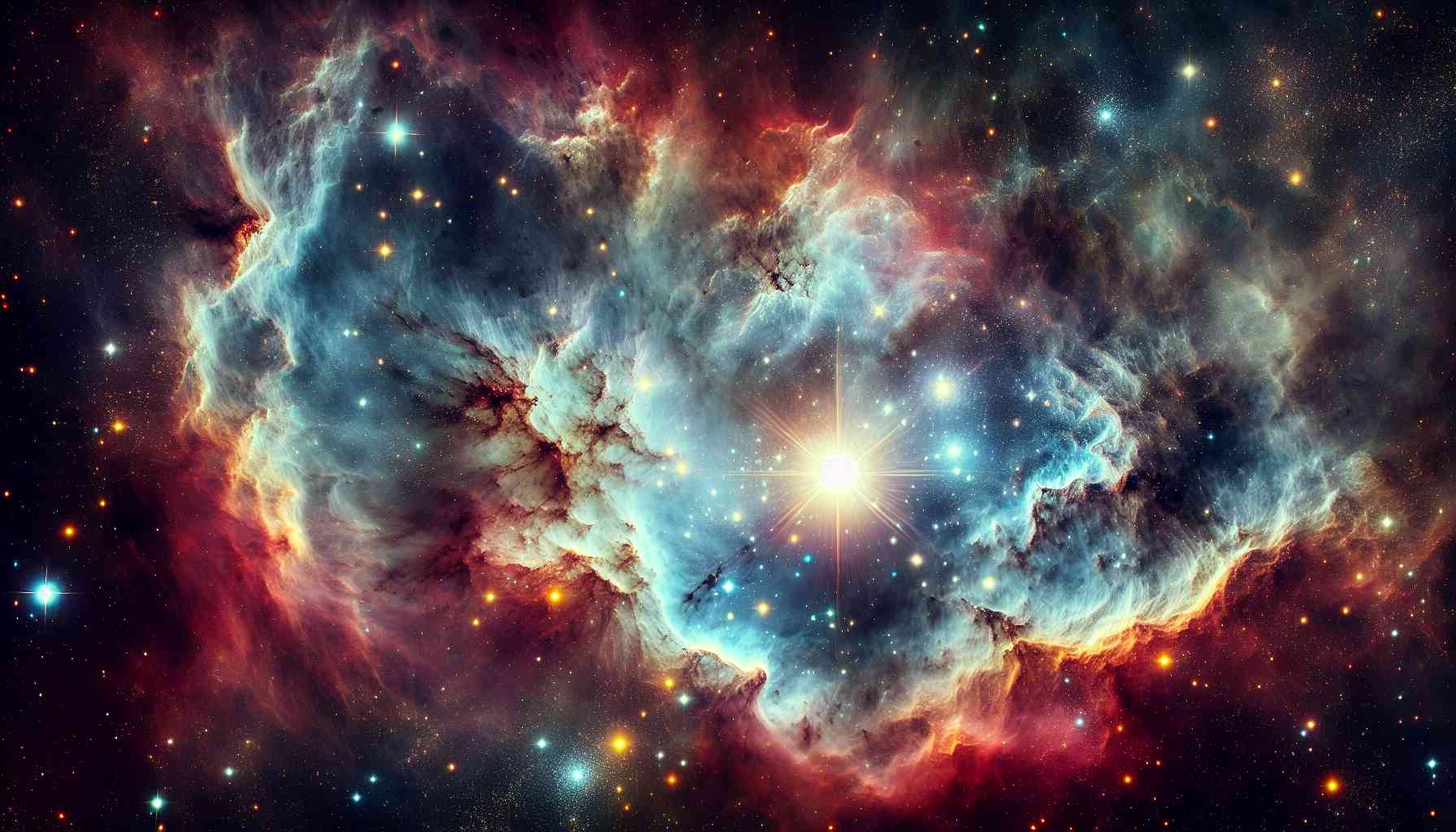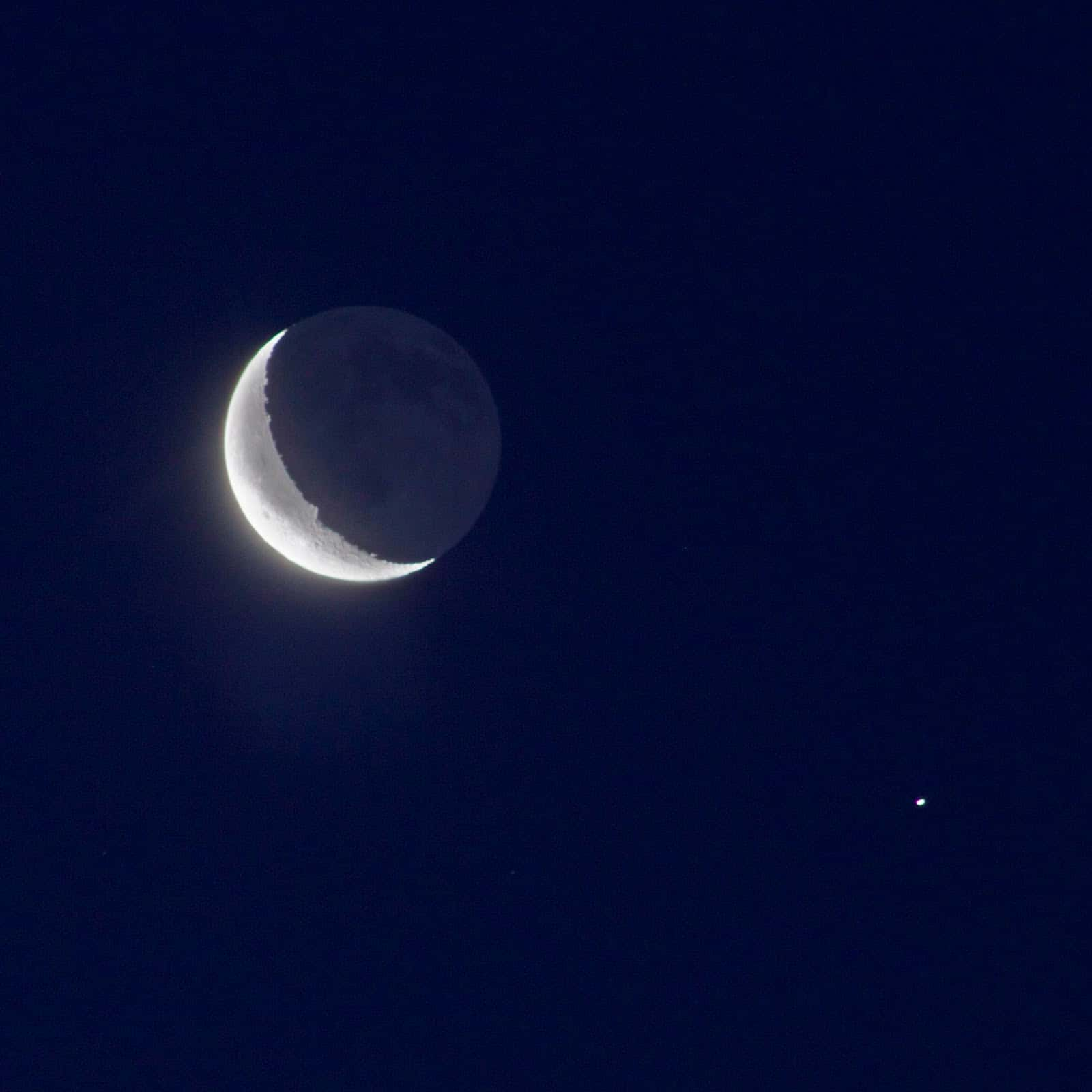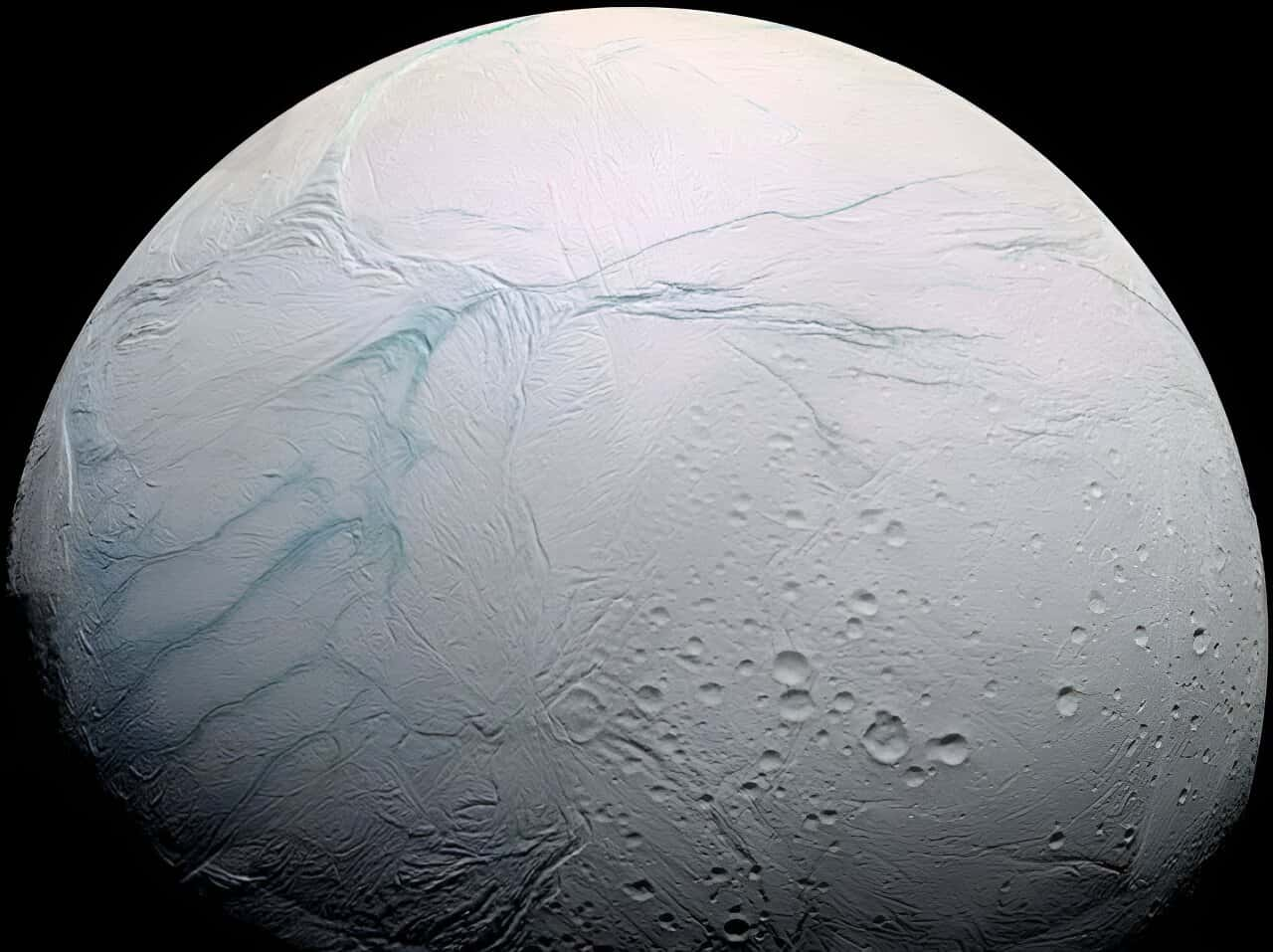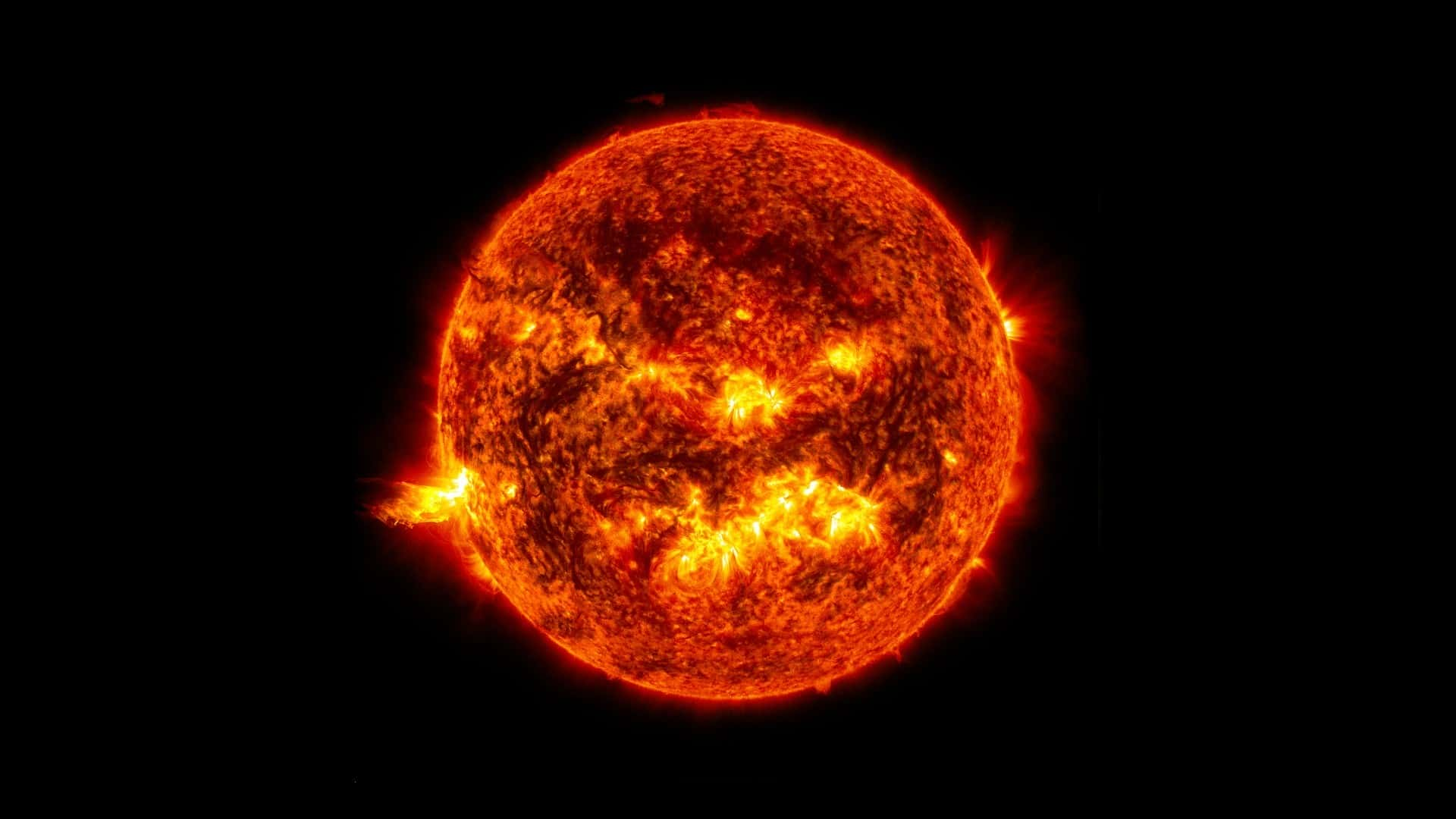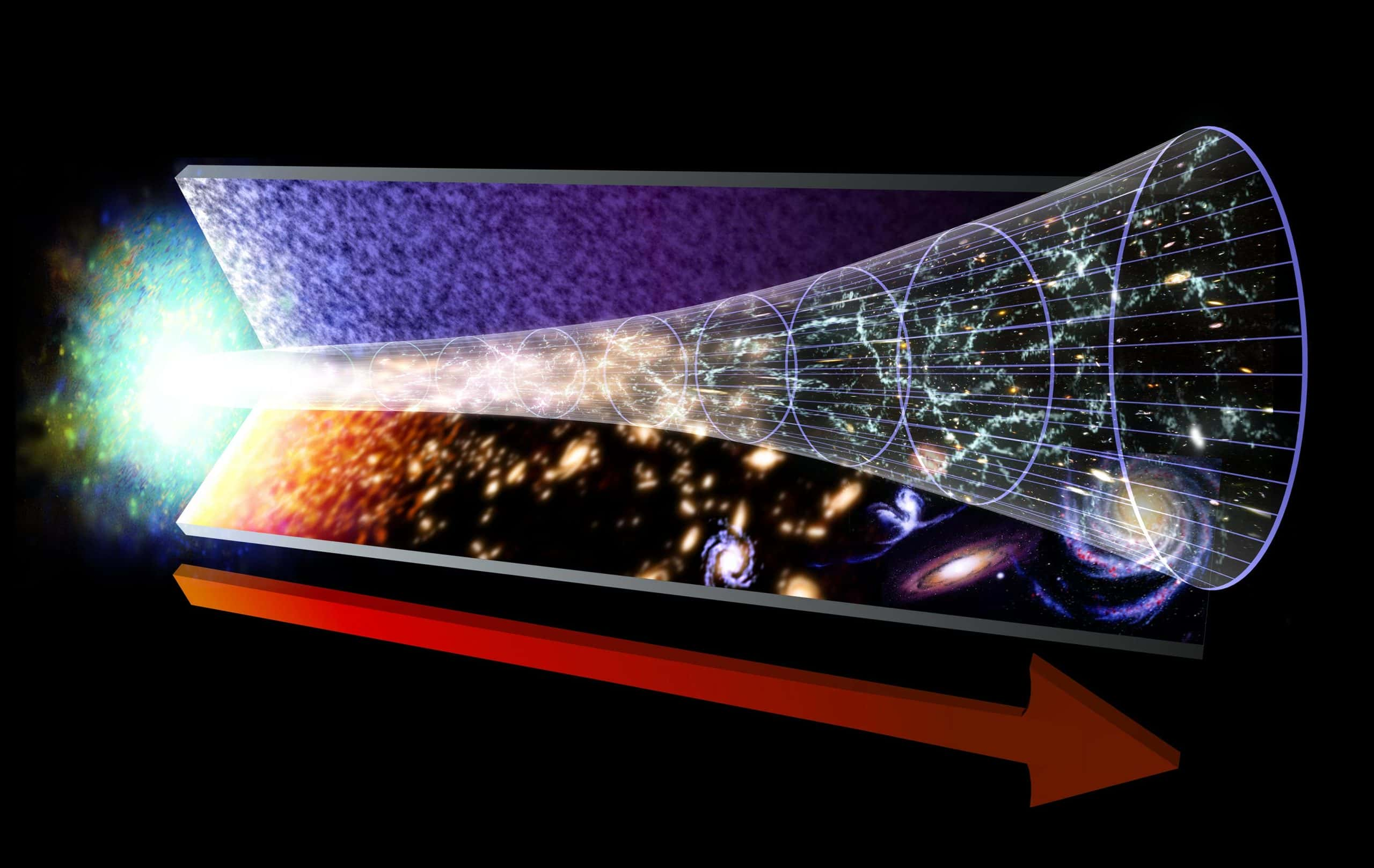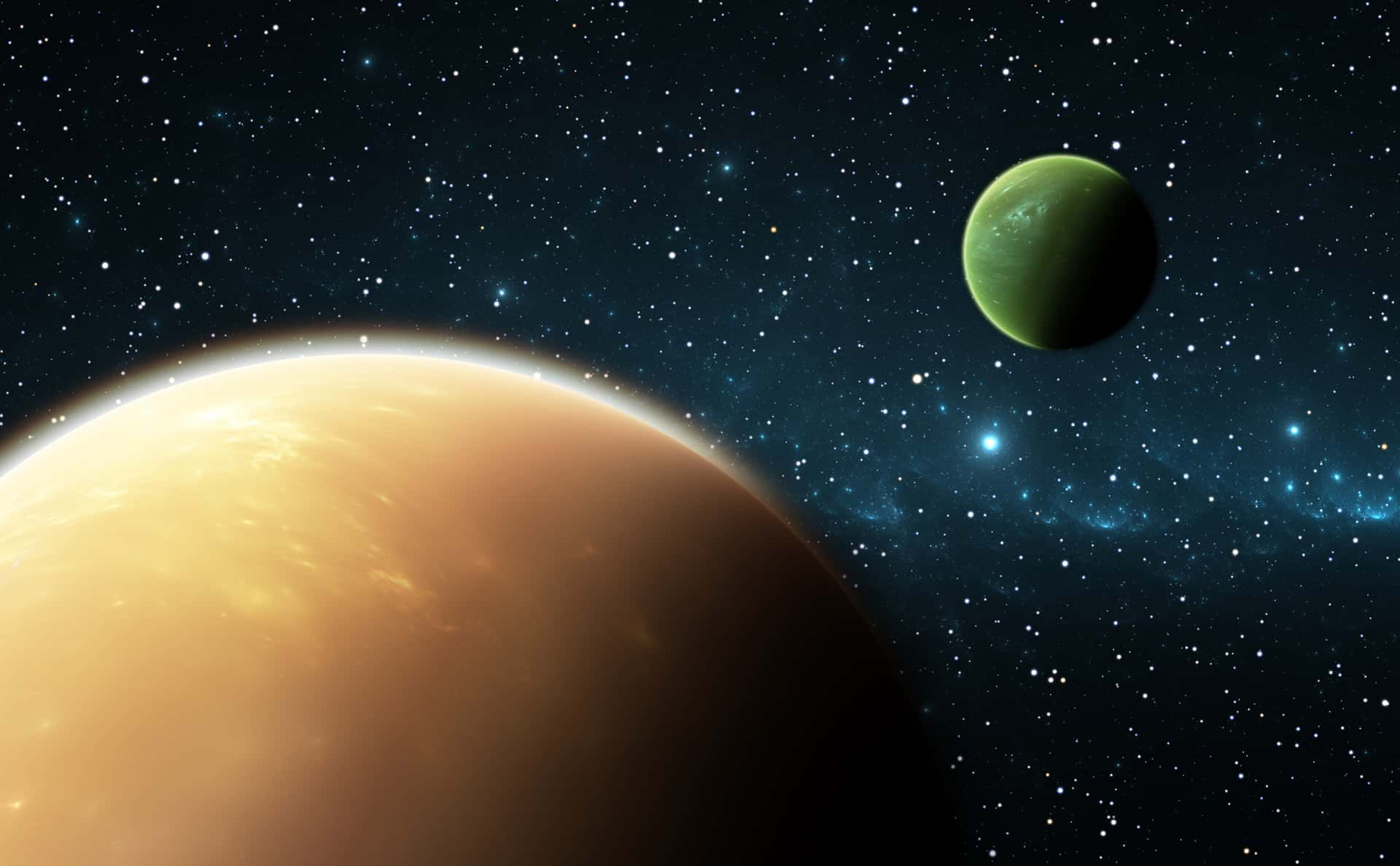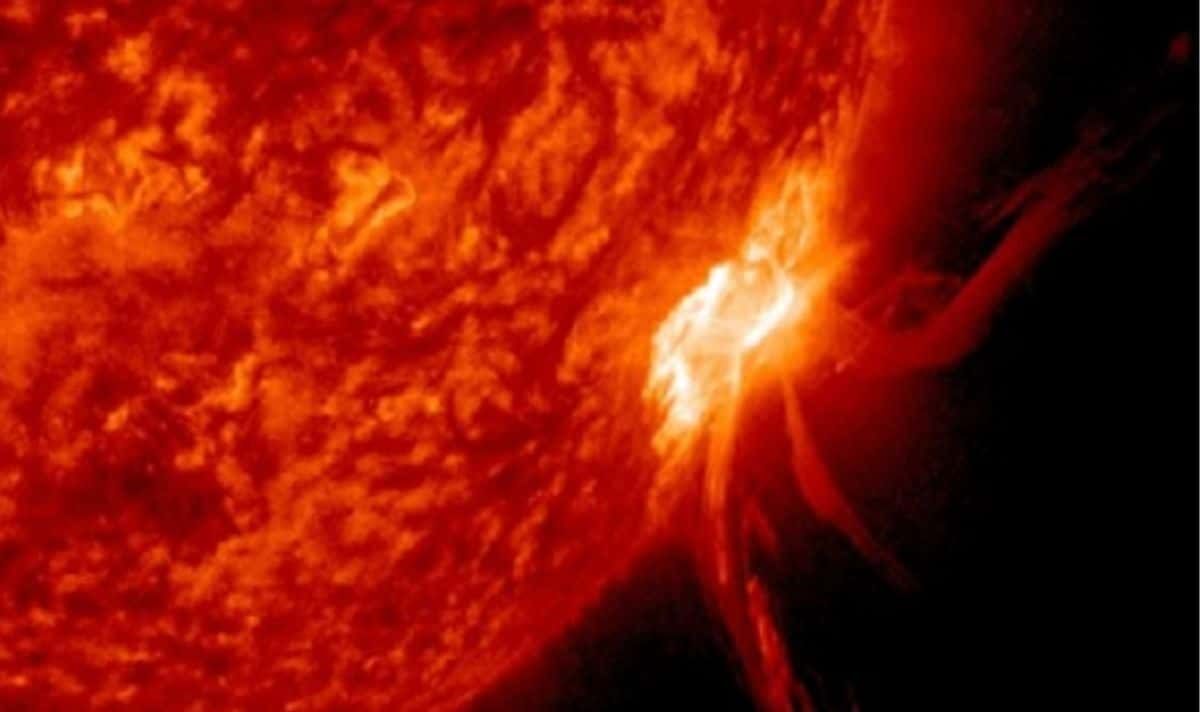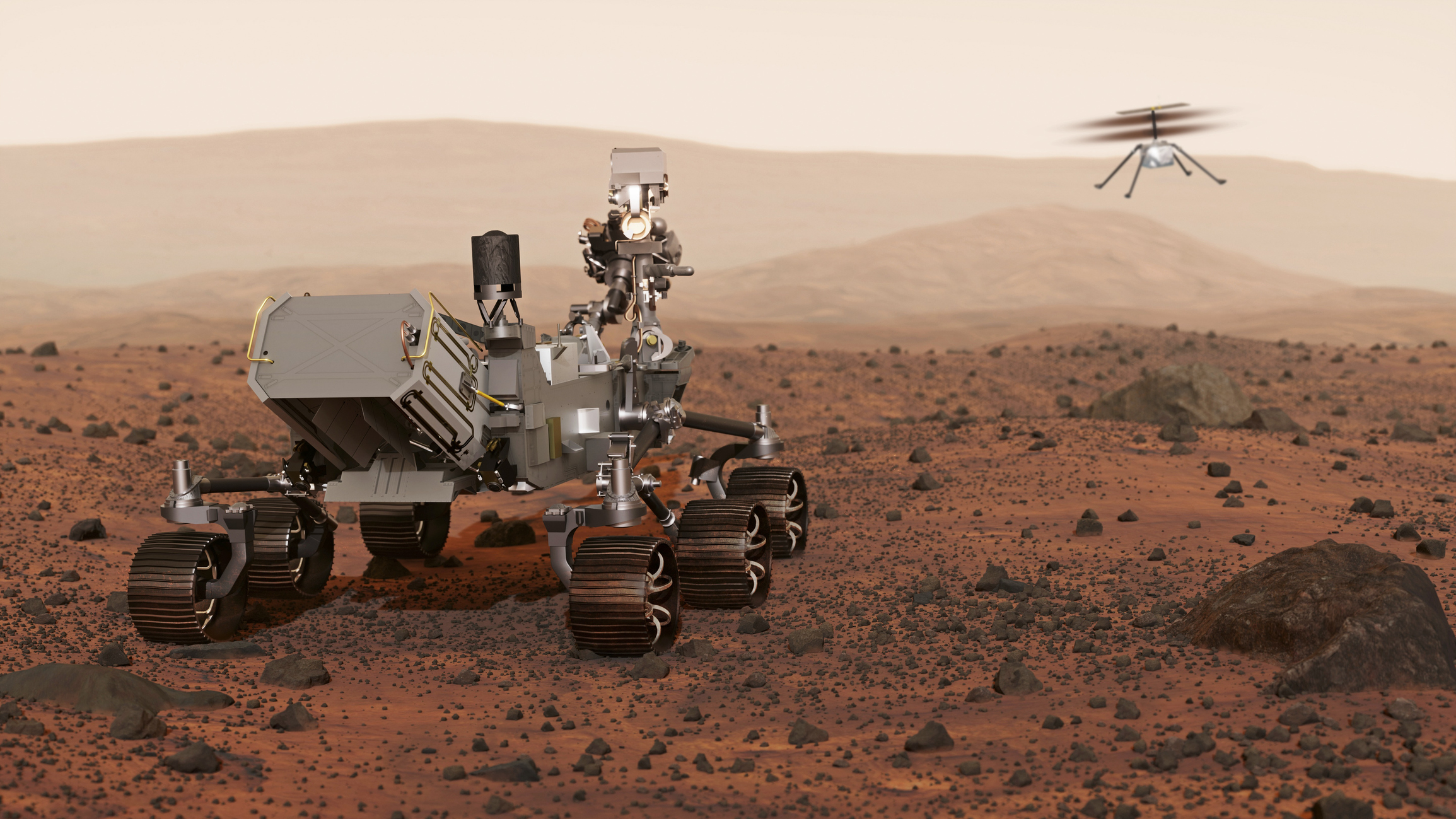
Solar Wonders from the Sun to Mars
Brad Spakowitz‘s recent space news coverage has been fascinating, carrying us from the Sun to Mars and back to Earth. Solar Orbiter, Mars Rovers, and SpaceX: A Glimpse into Cutting-Edge Space Exploration The SOLAR ORBITER will reveal unparalleled insights into our solar system’s star as it approaches the Sun. This project could transform our understanding…
